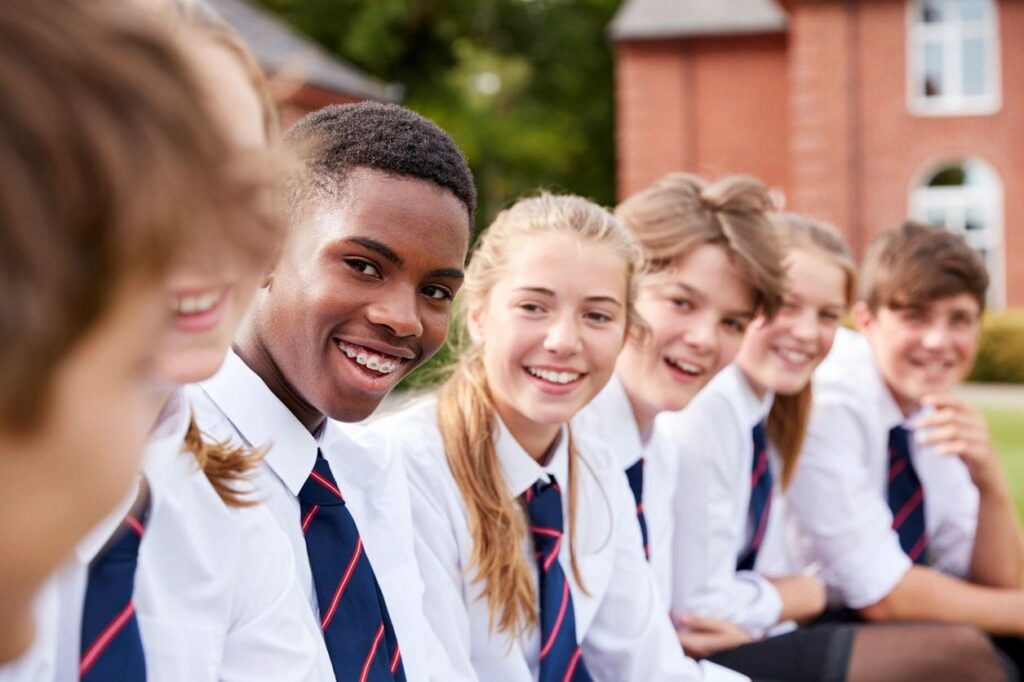
Awareness and Sympathy May Be Key Components of Guilt for Children
Guilt is a negative emotion, but it’s a negative emotion that to some extent is good. If no one ever felt guilt, the world would be a scary place indeed!
One question about guilt is how the tendency to feel guilt develops in childhood. We know that some children feel guiltier than other children when they cause harm to other people, but what traits predict how strongly children feel this type of guilt?
A new study sheds some light on this question. The findings were published recently in a paper titled Aware and Tuned to Care. The title of the paper pretty much tells you the results, but it needs some unpacking.
The “aware” part means that when children are more likely to feel guilty about harming others if they’re aware that they’ve harmed others. Specifically, the researchers tested children’s abilities in distress recognition – that is, being able to spot feelings of distress in other people.
Children who were more able to spot distress tended to feel more guilt over hypothetical situations where they hurt others by stealing from them or pushing them. In other words, they were more aware of these actions hurting others and consequently felt worse.
The “tuned to care” part comes down to this: even if children are aware that they’ve inflicted harm on other people, do they care?
In this case, the researchers looked at the trait of sympathy, or the tendency not just to recognize others’ distress but to actually feel it. Here, the researchers similarly found that children who were more prone to feelings of sympathy anticipated more feelings of guilt in the hypothetical scenarios. To use the phrasing of the paper, children who were “tuned to care” more about others’ negative emotions felt guiltier about harming others.
There was also an interaction between these two traits in that distress recognition was more closely associated with tendency to feel guilt in children with higher sympathy. To put it another way, even if children were skilled at spotting distress in others, those distress recognition abilities were more likely to give rise to guilt in children with more sympathy.
Sticking with the theme: being “aware” made more of a difference in children who were also “tuned to care.”
These results highlight two positive traits that can be encouraged in children, that may help foster the “good” kind of guilt – that is, guilt in response to actions that hurt others. Developing children’s ability to recognize distress and encouraging them to sympathize with others’ emotions can potentially give rise to this adaptive type of guilt and ultimately allow children to become better members of society.